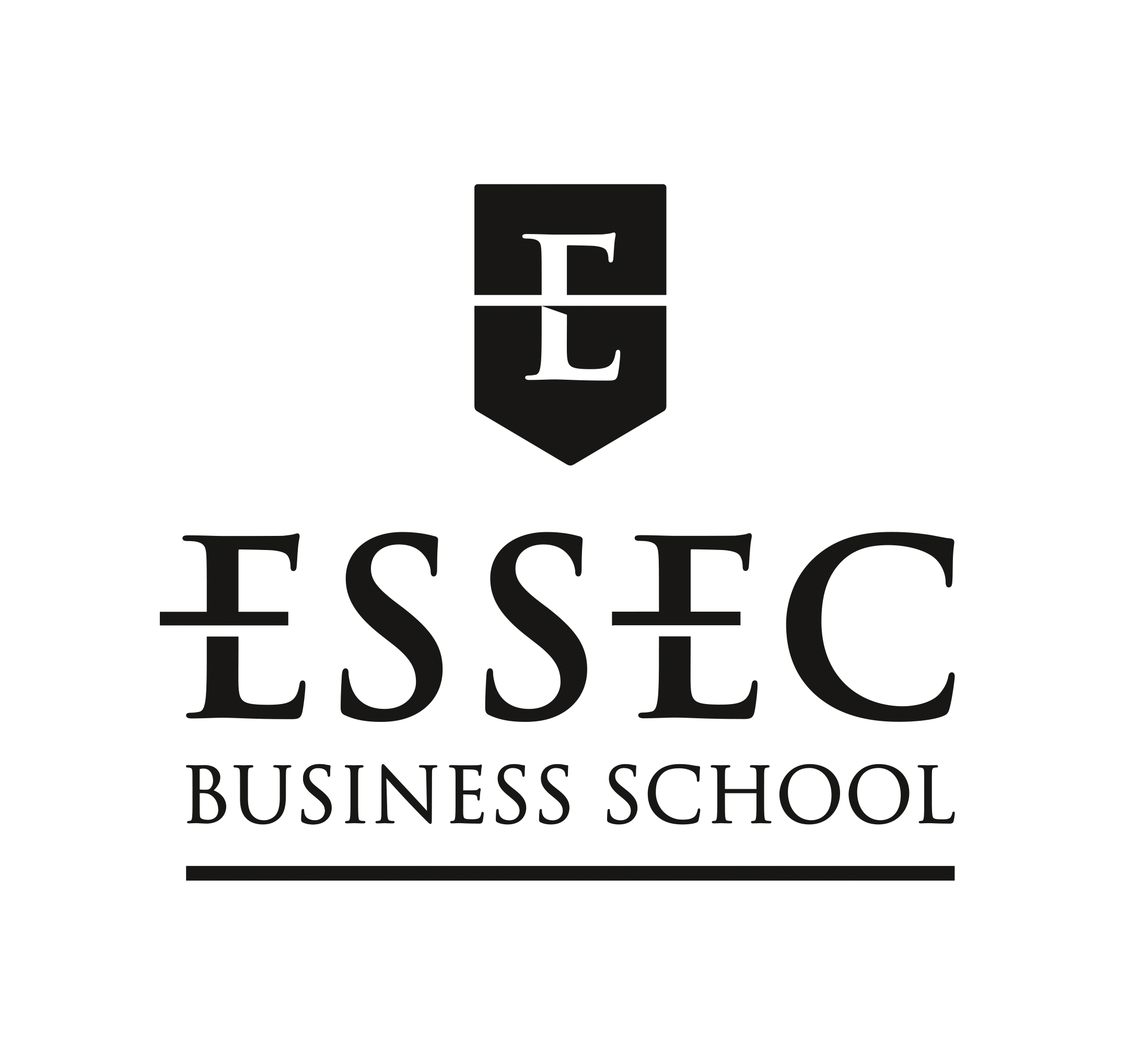The financial services sector is one of the most important industries in the world. But it is also fast-paced and ever-changing, making it crucial for finance players to remain updated about the latest trends and technology.
This is where a Master in Finance (MiF) adds value: With its robust curriculum, emphasis on digital and big data, global exposure, and connections to finance professionals across the world, it offers new players an arsenal of skills and networks to help them navigate through the competitive industry.
Business schools across the globe offer MiF programs catering to this need, yet there is reason to believe there is no better place for a MiF degree than at a French business school.
The rankings speak for themselves—the first five positions of the Financial Times’ 2022 rankings for Master in Finance for programs that require little to no work experience are dominated by French business schools.
Immerse in French Business School Heritage
“Part of the reason is that schools have had this program for a long time, and as a result have more experience,” Peng Xu, Associate Academic Director of Master in Finance at ESSEC Business School, Asia-Pacific, says.
At ESSEC Business School, for example, the MiF program roots can be traced back to 1985, when the school first introduced the Advanced Master in Financial Techniques.
The school has had decades to continuously refine and evolve its program. In 2009, the Financial Engineering Asia track was opened for both the France and Singapore campuses and in 2013, the MiF as we know it was started in France.
Years of experience have enabled the school to develop a network of over 65,000 alumni worldwide and build strong ties with industry.
Notable connections include ESSEC’s partnership with AlumnEye, a professional network offering MiF students personalized training to tackle interviews in Investment Banking, Market Finance, and Strategy Consulting in prestigious financial institutions.
The school is also a partner of the CFA Institute, allowing students keen on areas like M&A, project financing, and equity sales to prepare for the CFA Institute exam during their studies.
Experience a Practical and Data-driven Approach
Another area where French MiF programs stand out is in their rigorous training in mathematical models and data analysis. At the ESSEC MiF, core modules include Financial Theory, Statistics, and Foundations of Calculus and Probability, ensuring students continue with a data-driven mindset.
The school recently introduced a specific Fintech and Analytics Track to understanding digital transformation. With the acceleration of digitalization, there is no doubt that these data and digital skills are an invaluable asset in a finance practitioner’s arsenal.
In addition, Xu observes that “French schools also have a very pragmatic approach, so they don’t just teach the theory but also ensure students gain practical knowledge through internships.”
She notes that at ESSEC, this has translated into learning by doing pedagogy, emphasizing group work, and even a capstone project for students to work directly with financial institutions to gain real-world exposure.
Gain Access to Financial Centers in Asia
But how do these French school benefits play out with the rise of Asian financial centers?
One way French business schools compare is by building global study into their programs, allowing students to pursue international internships, and incorporating study trips overseas into their curriculum.
ESSEC has taken it further by setting up a campus within Asia. Students gain the same access to New York and London for study trips and can do an exchange at the French campus for exposure to the European market.
However, being at the ESSEC Asia-Pacific Singapore campus means they attend classes tailored to the region, have guest talks from Asian finance professionals, and visit companies in Asia to understand business in the area.
“Whether or not students want to work in Asia, exposure to the culture and financial industry in Singapore—one of the world’s leading financial centers—benefits their careers,” Xu affirms.
This in-depth Asian understanding, she adds, coupled with the ESSEC APAC campus diversity and intimate cohort size that ensures all students access personalized attention, are, to her, just some of what make the MiF experience special—ultimately giving graduates an edge in the competitive finance world.

Master in Finance
Ranked #1 in Asia and #3 globally by FT in 2023, ESSEC’s Master in Finance program offers intensive training for careers in corporate finance, financial markets, fintech, and risk management. It focuses on adapting to global issues, with exposure to Europe and Asia, and equips students with essential financial skills.
RELATED POSTS
Students from Southeast Asia on Dean’s List
Three Southeast Asian Global Bachelor of Business Administration (BBA) students—Éloïse Le, Janice Augustine, and Olivia Gunawan—achieved Dean's List…
What ESSEC SMIB Students Learned from Vietnam’s Top Companies in Just 5 Days
ESSEC Master in Strategy & Management of International Business (SMIB) students spent five impactful days in Ho Chi Minh City, gaining real-world…
Bridging Tomorrow: ESSEC-CentraleSupélec’s Revolutionary AI and Management Bachelor
Innovative program combines elite business education with cutting-edge engineering at Europe's prestigious institutions.
Specialized Prestigious Tracks: Elevating Global Business Excellence at ESSEC
ESSEC's Global BBA offers elite international tracks that transform students through immersive cross-continental learning experiences, prestigious…
The Asian Strategy Challenge: Real-World Consulting Experience
ESSEC's Asian Strategy Challenge transforms SMIB students into strategic consultants through intensive, real-world business problem-solving with…
Global Exposure: The Impact of Study Trips on SMIB Students
SMIB study trips to Bangkok, Dubai, and other global business centers provide transformative international exposure, developing cross-cultural…








